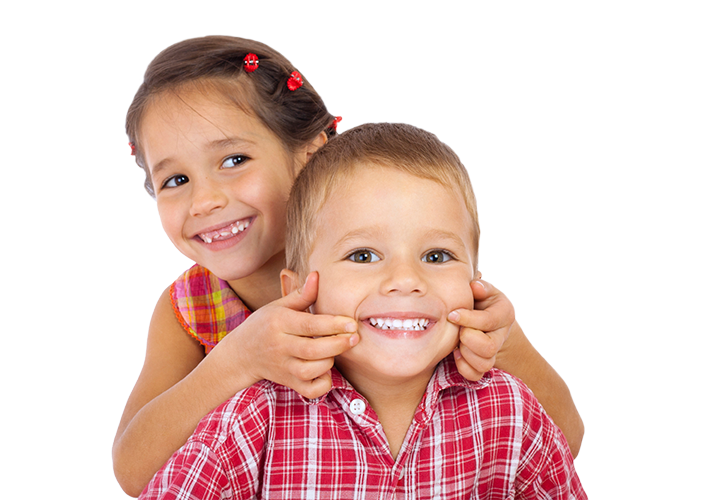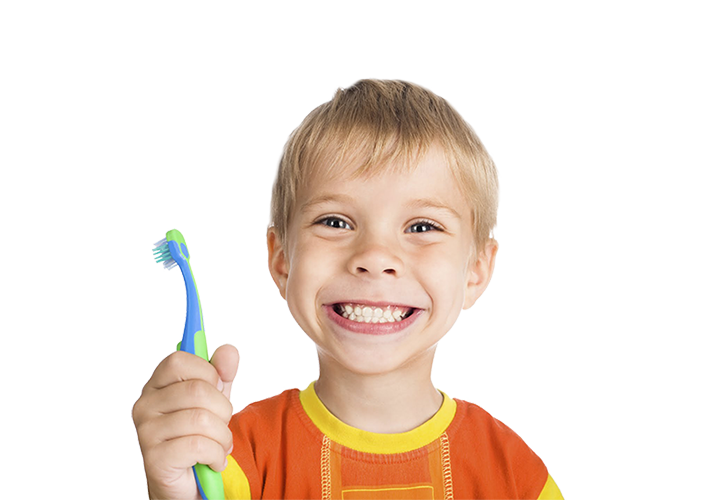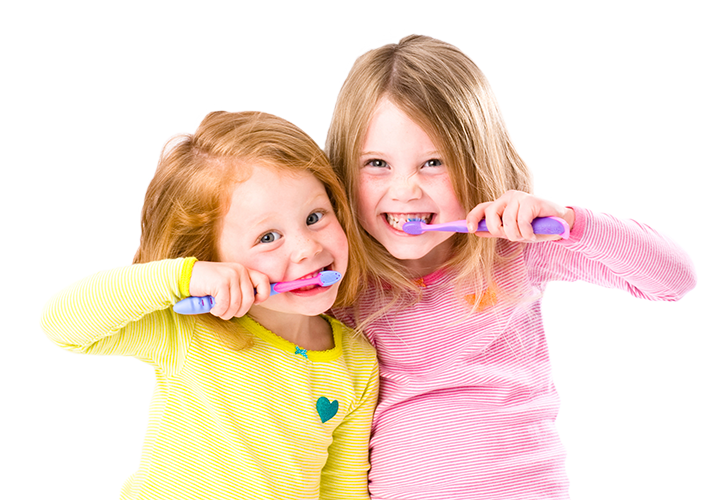Dental Emergencies
In general: if your child has sustained an injury such as: a severe blow to the head, possible broken jaw, or any injury causing nausea, vomiting, memory loss, or loss of consciousness, take your child to the emergency room immediately.
Free app for dental trauma management:
Follow these guidelines if your child is experiencing symptoms and/or has an injury to the mouth:
KNOCKED-OUT PERMANENT TOOTH:
- Treatment is very time-sensitive!
- Find the tooth and only touch the CROWN (top part of tooth), NOT THE ROOT.
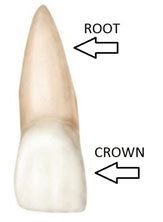
- If there is any foreign debris on the exposed root surface, LIGHTLY clean it off with milk or your child's own saliva. DO NOT CLEAN THE ROOT SURFACE WITH WATER.
- Holding the crown, place the root back in the socket and have your child bite and hold onto a clean gauze or cloth.
- If you're not sure whether the tooth is facing the right way, do not worry. Priority is to get the tooth back in the socket ASAP without it drying out.
- If you cannot re-insert the tooth, place the tooth in COLD MILK and SEE A DENTIST ASAP.
- The best outcome is when the tooth is treated within ONE HOUR of it being knocked out.
KNOCKED-OUT BABY TOOTH:
Back To Top
- DO NOT re-insert this tooth back in your child's gums.
- Call us immediately for assessment of injury to any other teeth.
- Save the knocked out baby tooth and bring it in so we can check if any pieces are left in the socket or surrounding tissues.
FRACTURED (CHIPPED) TOOTH:
- Locate and save any broken tooth fragments.
- Rinse the injured area of any dirt or debris with warm water.
- Place an ice pack or cold compress over the injured area.
- If a large part of the tooth is fractured, any teeth become loose, OR you can see pink or red on any part of the tooth that is still in the mouth (see picture), then immediate dental treatment is necessary.
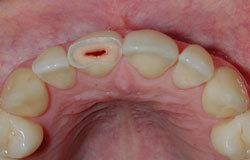
Exposed pulp tissue (nerve and blood vessels) following a large crown fracture.
DISLOCATED TOOTH (baby or permanent):
- Following contact to the mouth, a tooth may be dislocated in any direction.
- The injured tooth may or may not be loose.
- Do not try to re-position any dislocated teeth yourself – you may cause more damage to that tooth or the nearby developing permanent teeth.
- An X-ray will most likely be needed to assess any fractures of the tooth or bone.
- Contact us for evaluation right away.
CUT OR BITTEN TONGUE, LIP, or CHEEK:
Back To Top
- Apply ice to the injured area(s) to help control swelling.
- If there is bleeding, apply firm, continuous (but gentle) pressure with gauze or a clean cloth.
- If bleeding cannot be controlled by simple pressure, call a doctor or take your child to the emergency room.
TOOTHACHE:
Back To Top
- Clean the area thoroughly (brush, salt water rinse and floss the area to make sure no food is stuck between the teeth or in the gums).
- You may give your child some Children's Tylenol to relieve pain.
- DO NOT place aspirin or any over-the-counter numbing gel on the area.
- If the toothache persists, then call us to schedule an evaluation.
- If there is a "bump" visible on the gums around the tooth, and/or there is any swelling of the face, apply a cold compress and call us immediately.
- If your child has any facial swelling and is having difficulty breathing or swallowing, take your child to the emergency room immediately.





